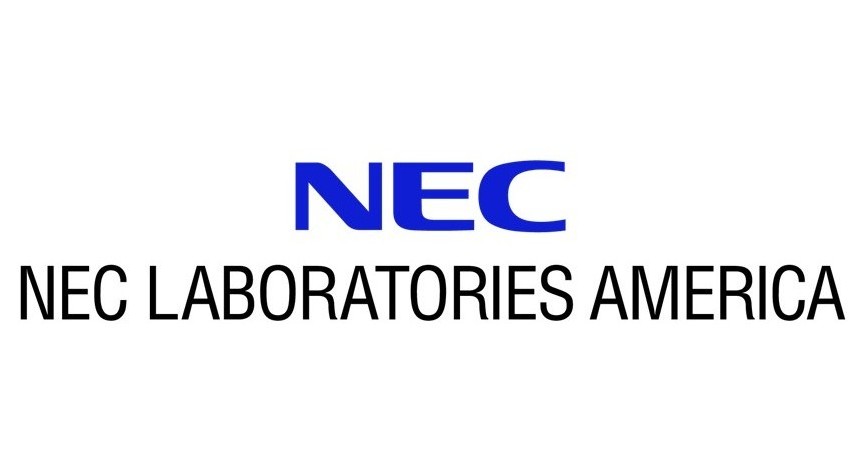LLM-ASSIST: Enhancing Closed-Loop Planning with Language-Based Reasoning
Although planning is a crucial component of the autonomous driving stack, researchers have yet to develop robust planning algorithms that are capable of safely handling the diverse range of possible driving scenarios. Learning-based planners suffer from overfitting and poor long-tail performance. On the other hand, rule-based planners generalize well, but might fail to handle scenarios that require complex driving maneuvers. To address these limitations, we investigate the possibility of leveraging the common-sense reasoning capabilities of Large Language Models (LLMs) such as GPT4 and Llama2 to generate plans for self-driving vehicles. In particular, we develop a novel hybrid planner that leverages a conventional rule-based planner in conjunction with an LLM-based planner. Guided by commonsense reasoning abilities of LLMs, our approach navigates complex scenarios which existing planners struggle with, produces well-reasoned outputs while also remaining grounded through working alongside the rule-based approach. Through extensive evaluation on the nuPlan benchmark, we achieve state-of-the-art performance, outperforming all existing pure learning- and rule-based methods across most metrics. Our code will be available at https://llmassist.github.io/

